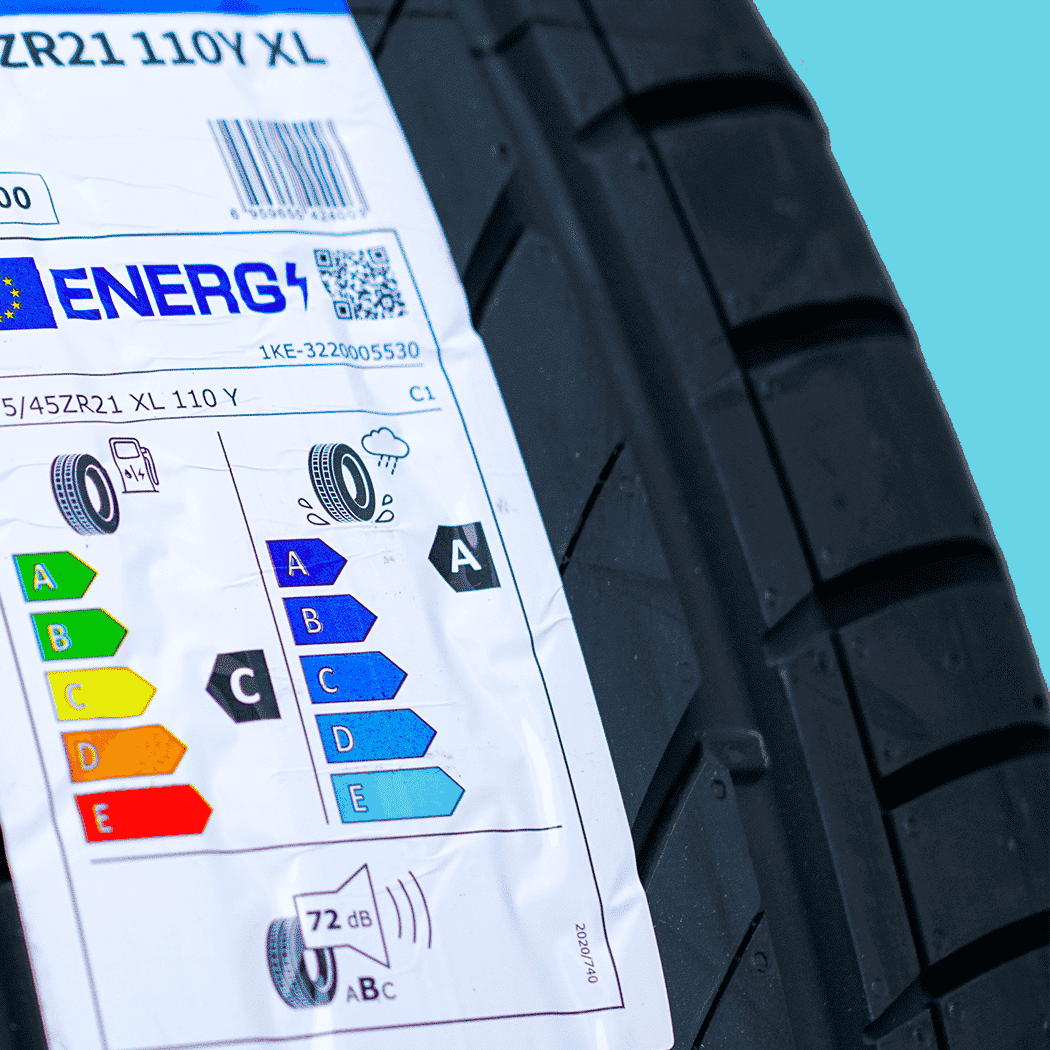Tire Labels for Automotive Vehicles
When analyzing your automotive label needs, you may start to think of things such as Tire labels. These labels ensure the accuracy of the product and provide information to the consumer regarding maintenance upkeep, safety, and spec details.
Most importantly, these labels ensure that if something were to ever go wrong before, during, or after production, it can be traced back to a specific date and time and be corrected.
Tire labels, frequently pre-printed, require customized technical data for each product, such as dimensions, symbols, barcodes, etc. That helps consumers make more informed decisions when buying.
Requirements for Tire Labeling
In addition, there are several requirements for tire labeling, and each condition can vary from country to country. For example, in the United States, the Uniform Tire Quality Grading Standards (UTQGS) requires three standards that tires must meet and notate physically on the tire itself that include:
- Treadwear
- Traction performance
- Temperature resistance
Other labeling information on tires that you may see around the world include:
- Aspect ratio
- Tire size
- The seasonal performance information (mud, snow, sleet, ice)
- Manufacturing information
- Materials
- Lot numbers (in the case of a tire recall)
In the EU, new tire labeling regulations and requirements were put into place in 2021. With this change, the EU made tire labeling information more effective, accurate, and visible, allowing the ability to support cleaner and safer mobility.
This change affected the look and feel of consumers’ information, making it easier to read and understand, mimicking the look and feel of typical EU energy efficiency labels you may see on appliances.
Required information for these labels include but are not limited to:
- QR code linking to the EU commission
- Tire manufacturer
- Unique ID – That allows for tire type identification
- Rolling resistance class identification
- Wet grip class identification
- Noise class identification
- Seasonal icons for specific ideal weather performance
Why using thermal transfer technology for this application ?
Thermal transfer technology for tire labels
You need a thermal transfer ribbon that is durable, reliable and has a print result like no other! You need ARMOR-IIMAK.
We offer the longest lasting, best quality ribbons for you so your tire labels stay in place and last. From our advanced technology to our commitment to perfection, we can assure you that our product will be exactly what you are looking for.
For this application, we recommend the following products:
